In a major breather for the five million people of Pune, the Maharashtra government has given the green signal for the state's second Metro rail project after Mumbai here, a top official said. Here's a look at the world's 30 best metro stations
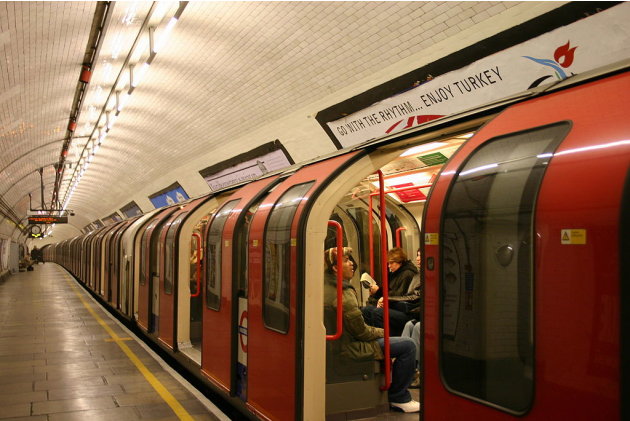
London
The Underground system is also colloquially called the Tube. As commonly used today both by Londoners and in most official publicity, this term embraces the entire system
Photo by Jcornelius (Own work) [GFDL (http://www.gnu.org/copyleft/fdl.html), CC-BY-SA-3.0 (http://creativecommons.org/licenses/by-sa/3.0/) or CC-BY-SA-2.0-de (http://creativecommons.org/licenses/by-sa/2.0/de/deed.en)], via Wikimedia Commons
less
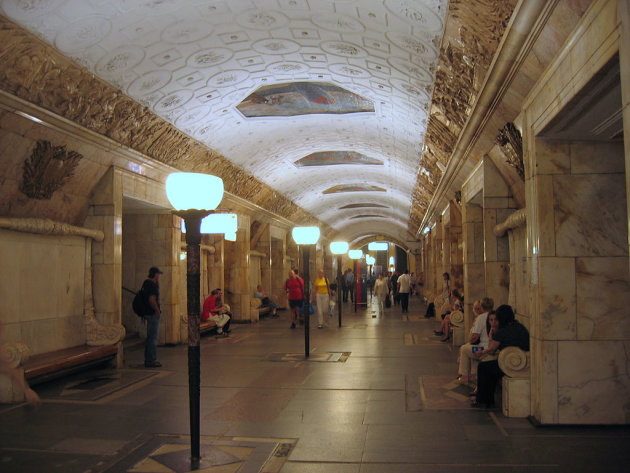
Moscow
As of 2011, the Moscow Metro has 185 stations and its route length is 305.7 kilometres (190.0 mi). The system is mostly underground, with the deepest section 84 metres (276 ft) below ground at the Park Pobedy station. The Moscow Metro is the world's second most heavily used rapid transit system after Tokyo's twin subway
Photo by A.Savin (Own work) [GFDL (www.gnu.org/copyleft/fdl.html) or CC-BY-SA-3.0-2.5-2.0-1.0 (www.creativecommons.org/licenses/by-sa/3.0)], via Wikimedia Commons
less
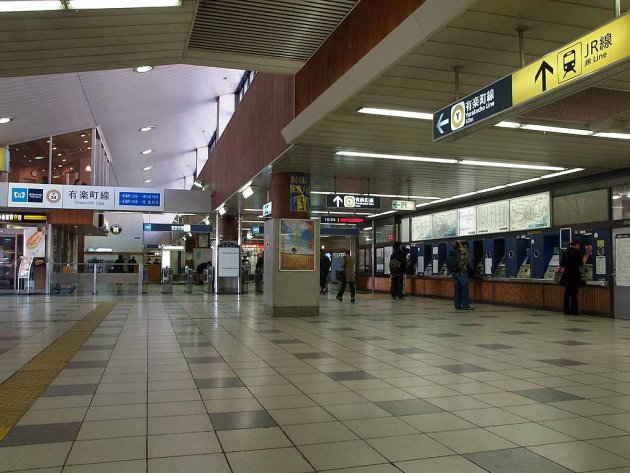
Tokyo
Tokyo Metro trains are severely crowded during peak periods. During the morning peak period, platform attendants (oshiya) are sometimes needed to push riders and their belongings into train cars so that the doors can close.
On some Tokyo Metro lines, the first or last car of a train is reserved for women during peak hours.
Photo by Comyu (Own work) [GFDL (www.gnu.org/copyleft/fdl.html) or CC-BY-SA-3.0-2.5-2.0-1.0 (www.creativecommons.org/licenses/by-sa/3.0)], via Wikimedia Commons
less
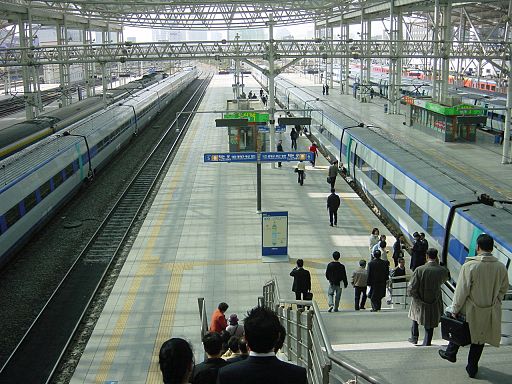
Seoul
With more than 8 million passengers per day, Seoul has one of the busiest subway systems in the world.
Photo By Bergmann(talk / Contributions) at the Japanese Wikipedia [GFDL (http://www.gnu.org/copyleft/fdl.html) or CC-BY-SA-3.0 (http://creativecommons.org/licenses/by-sa/3.0/)], via Wikimedia Commons
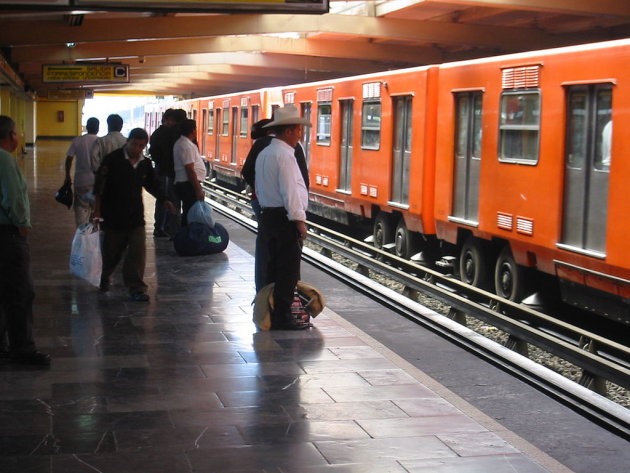
Mexico
Each station within the Mexico City subway is identified by a minimalist logo related to the name of the station or the area around it. This is because, at the time of the first line's opening, the illiteracy rate was extremely high, so people found it easier to guide themselves with a system based on colors and visual signs. The design of the icons and the typography are a creation of Lance Wyman, who also designed the logotype for the 1968 Summer Olympic Games at Mexico City. The logos are not assigned at random; rather, they are designated by considering the surrounding area
By Tjeerd Wiersma from Amsterdam, The Netherlands (Flickr) [CC-BY-2.0 (http://creativecommons.org/licenses/by/2.0)], via Wikimedia Commons
less
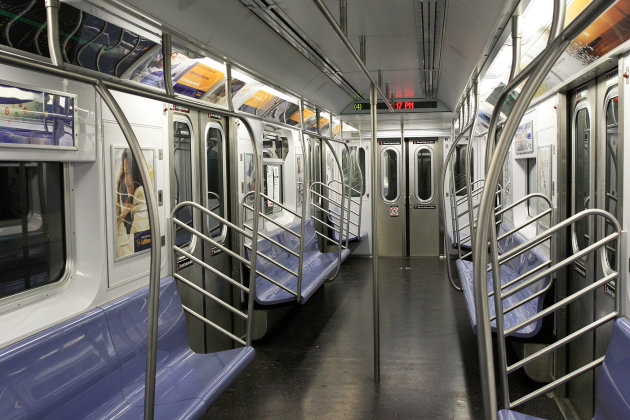
New York City
Many stations are decorated with intricate ceramic tile work, some of it dating back to 1904 when the subway first opened. The subway tile artwork tradition continues today.
The "Arts for Transit" program oversees art in the subway system. Permanent installations, such as sculpture, mosaics, and murals; photographs displayed in lightboxes encourage people to use mass transit.
By Grendelkhan via Wikimedia Commons
less
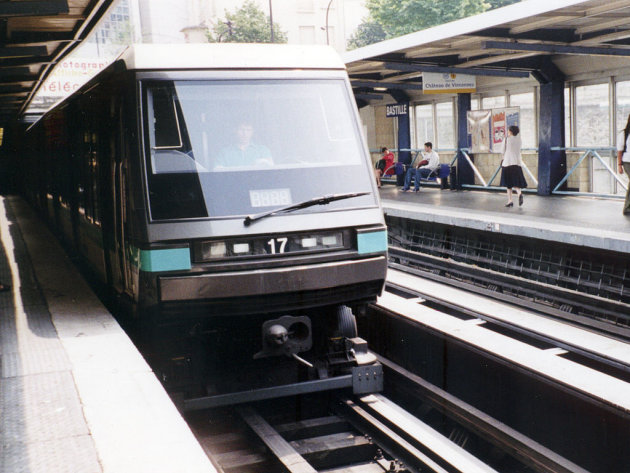
Paris
Since the Métro was built to comprehensively serve the city inside its walls the stations are very close: 548 metres apart on average, ranging down to 424 m on line 4] and up to one kilometre on the newer line 14, meaning Paris is heavily pockmarked with stations.
By Platte C (Own work) [GFDL (http://www.gnu.org/copyleft/fdl.html), CC-BY-SA-3.0 (http://creativecommons.org/licenses/by-sa/3.0/) or CC-BY-SA-2.5-2.0-1.0 (http://creativecommons.org/licenses/by-sa/2.5-2.0-1.0)], via Wikimedia Commons
less
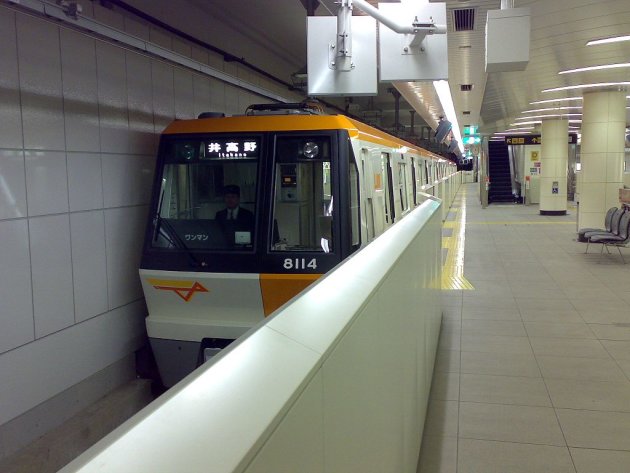
Osaka
Osaka Municipal Subway is the metro network in the city of Osaka, Japan, forming an integral part of the extensive mass transit system of Greater Osaka (Kansai region), having 125 out of the 1,108 rail stations (2007) in the Osaka-Kobe-Kyoto region. In 2010 the greater Osaka region had 13 million rail passengers daily (see Transport in Keihanshin) of which the Osaka subway accounts for 2.29 million.
Photo by Masayuki (Yuki) Kawagishi from Tokyo, Japan (Osaka subway Imazatosuji line) [CC-BY-2.0 (http://creativecommons.org/licenses/by/2.0)], via Wikimedia Commons
less
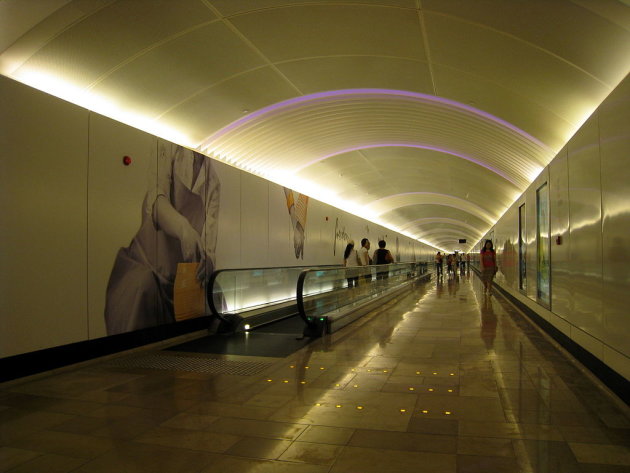
HongKong
Mass Transit Railway (MTR) is the rapid transit railway system in Hong Kong. Originally opened in 1979, the system now includes 11.6 km (131.5 mi) of rail with 155 stations, including 86 railway stations and 69 light rail stops. The MTR system is currently operated by MTR Corporation Limited (MTRCL).
By WiNG (Own work) [CC-BY-3.0 (http://creativecommons.org/licenses/by/3.0)], via Wikimedia Commons

St. Petersburg
Photo by User:MatthiasKabel (Own work) [GFDL (http://www.gnu.org/copyleft/fdl.html) or CC-BY-SA-3.0 (http://creativecommons.org/licenses/by-sa/3.0/)], via Wikimedia Commons
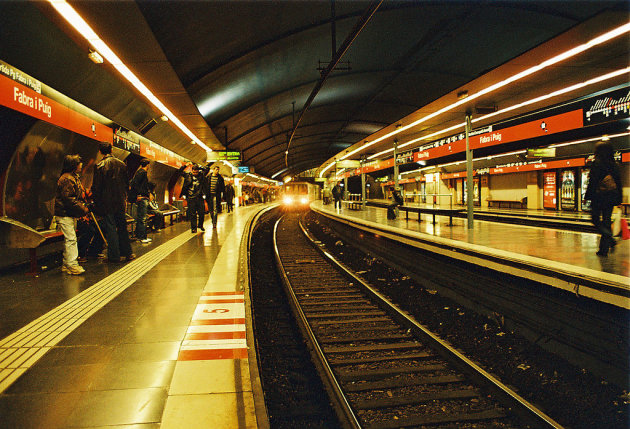
Barcelona
The Barcelona Metro, part of the public transportation system of Barcelona, Catalonia, is an extensive network of electrified railways that run underground in central Barcelona and above ground into the city's suburbs. Since September 20, 2011, Barcelona Metro system consists of 11 lines with 166 stations and 125 km in total. In 2002 ATM announced that two additional lines would built in the near future, L12 and L13. There have been 3 driverless lines since 2009: Line 11, Line 9 and Line 10, in chronological order.
Photo by Ralf Roletschek [GFDL 1.2 (http://www.gnu.org/licenses/old-licenses/fdl-1.2.html)], via Wikimedia Commons
less
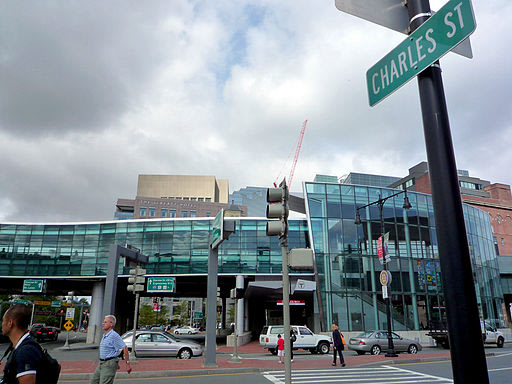
The Boston T
The subway system has three rapid transit lines—the Red, Orange and Blue Lines, and two light rail lines—the Green Line and the Ashmont–Mattapan High Speed Line (designated as part of the Red Line). The system operates according to a spoke-hub distribution paradigm, with the lines running between central Boston and its environs. All four colored lines meet downtown at a square configuration, and the Orange and Green Lines (which run parallel) meet directly at two stations.
Photo by Jessica Reeder (P1080054) [CC-BY-SA-2.0 (http://creativecommons.org/licenses/by-sa/2.0)], via Wikimedia Common
less
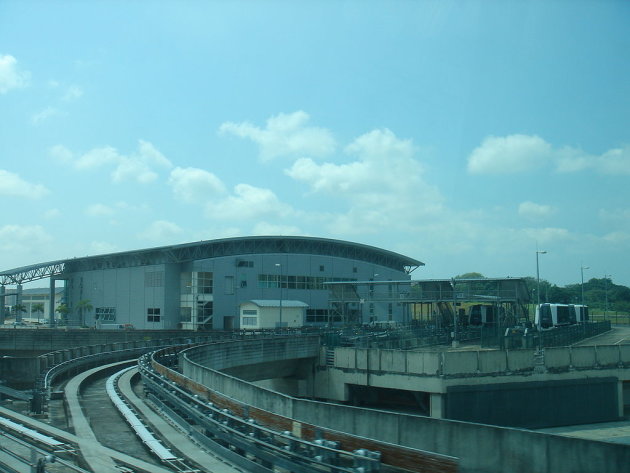
Singapore
The Mass Rapid Transit or MRT is a rapid transit system forming the major component of the railway system in Singapore, spanning the entire city-state. The initial section of the MRT, between Yio Chu Kang Station and Toa Payoh Station, opened in 1987, making it the second-oldest metro system in Southeast Asia, after Manila's LRT System. The network has since grown rapidly in accordance with Singapore's aim of developing a comprehensive rail network as the backbone of the public transport system in Singapore, with an average daily ridership of 2.406 million in 2011, approximately 71% of the bus network's 3.385 million in the same period. The MRT network has 141 stations with 199.4 kilometres of lines and operates on standard gauge.
Photo by mailer_diablo (Self-taken (Unmodified)) [GFDL (www.gnu.org/copyleft/fdl.html) or CC-BY-SA-3.0 (www.creativecommons.org/licenses/by-sa/3.0)], via Wikimedia Commons
less
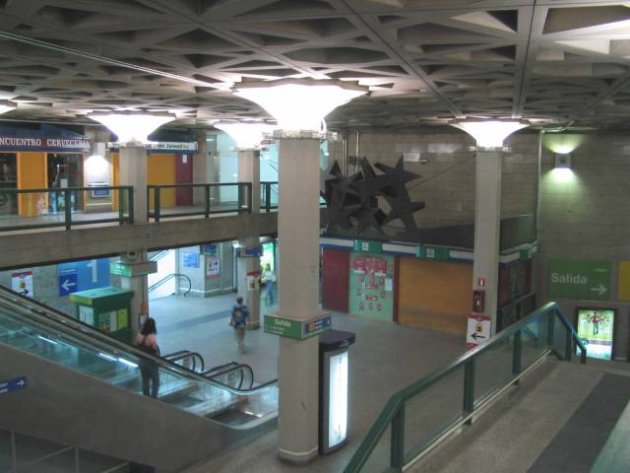
Madrid
The Madrid Metro (Spanish: Metro de Madrid) is a metro system serving the city of Madrid, capital of Spain. The system is the sixth longest metro in the world though Madrid is approximately the fiftieth most populous metropolitan area in the world. Unlike normal Spanish road and rail traffic, Madrid Metro trains use left-hand running on all lines due to historical reasons. The Madrid Metro operates every day from 6 am-1:30 am.
Photo by Valyag at es.wikipedia [GFDL (http://www.gnu.org/copyleft/fdl.html) or CC-BY-SA-3.0 (http://creativecommons.org/licenses/by-sa/3.0/)], from Wikimedia Commons
less
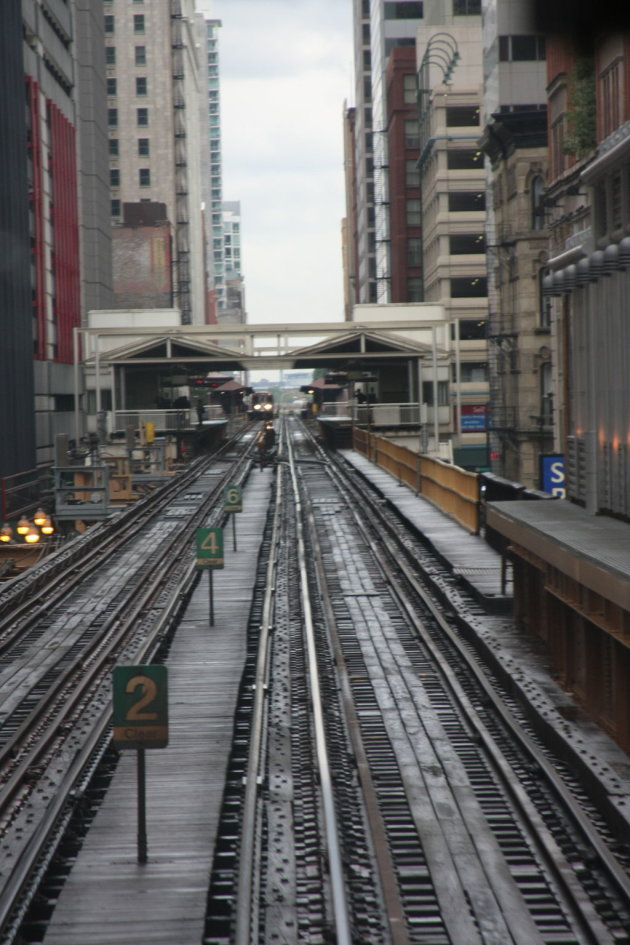
Chicago L
'L' is one of four heavy-rail systems in the United States (the 'L', New York City Subway, PATH and the PATCO Speedline) that provides 24-hour service on at least some portions of their systems. The oldest sections of the 'L' started operating in 1892, making it the second-oldest rapid transit system in the Americas, after New York City. On average 703,326 people ride the 'L' each weekday, 447,605 each Saturday, and 326,956 each Sunday. Annual ridership for 2011 was 221.6 million.
Photo by Rene Schwietzke from Jena, Germany (Chicago 'L') [CC-BY-2.0 (http://creativecommons.org/licenses/by/2.0)], via Wikimedia Commons
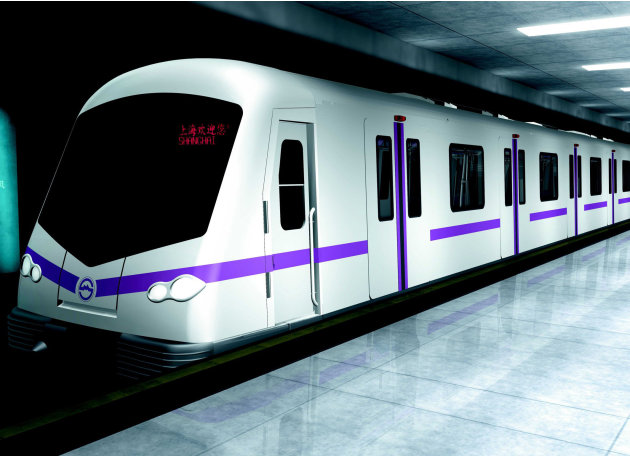

London
The Underground system is also colloquially called the Tube. As commonly used today both by Londoners and in most official publicity, this term embraces the entire system
Photo by Jcornelius (Own work) [GFDL (http://www.gnu.org/copyleft/fdl.html), CC-BY-SA-3.0 (http://creativecommons.org/licenses/by-sa/3.0/) or CC-BY-SA-2.0-de (http://creativecommons.org/licenses/by-sa/2.0/de/deed.en)], via Wikimedia Commons
less

Moscow
As of 2011, the Moscow Metro has 185 stations and its route length is 305.7 kilometres (190.0 mi). The system is mostly underground, with the deepest section 84 metres (276 ft) below ground at the Park Pobedy station. The Moscow Metro is the world's second most heavily used rapid transit system after Tokyo's twin subway
Photo by A.Savin (Own work) [GFDL (www.gnu.org/copyleft/fdl.html) or CC-BY-SA-3.0-2.5-2.0-1.0 (www.creativecommons.org/licenses/by-sa/3.0)], via Wikimedia Commons
less

Tokyo
Tokyo Metro trains are severely crowded during peak periods. During the morning peak period, platform attendants (oshiya) are sometimes needed to push riders and their belongings into train cars so that the doors can close.
On some Tokyo Metro lines, the first or last car of a train is reserved for women during peak hours.
Photo by Comyu (Own work) [GFDL (www.gnu.org/copyleft/fdl.html) or CC-BY-SA-3.0-2.5-2.0-1.0 (www.creativecommons.org/licenses/by-sa/3.0)], via Wikimedia Commons
less

Seoul
With more than 8 million passengers per day, Seoul has one of the busiest subway systems in the world.
Photo By Bergmann(talk / Contributions) at the Japanese Wikipedia [GFDL (http://www.gnu.org/copyleft/fdl.html) or CC-BY-SA-3.0 (http://creativecommons.org/licenses/by-sa/3.0/)], via Wikimedia Commons

Mexico
Each station within the Mexico City subway is identified by a minimalist logo related to the name of the station or the area around it. This is because, at the time of the first line's opening, the illiteracy rate was extremely high, so people found it easier to guide themselves with a system based on colors and visual signs. The design of the icons and the typography are a creation of Lance Wyman, who also designed the logotype for the 1968 Summer Olympic Games at Mexico City. The logos are not assigned at random; rather, they are designated by considering the surrounding area
By Tjeerd Wiersma from Amsterdam, The Netherlands (Flickr) [CC-BY-2.0 (http://creativecommons.org/licenses/by/2.0)], via Wikimedia Commons
less

New York City
Many stations are decorated with intricate ceramic tile work, some of it dating back to 1904 when the subway first opened. The subway tile artwork tradition continues today.
The "Arts for Transit" program oversees art in the subway system. Permanent installations, such as sculpture, mosaics, and murals; photographs displayed in lightboxes encourage people to use mass transit.
By Grendelkhan via Wikimedia Commons
less

Paris
Since the Métro was built to comprehensively serve the city inside its walls the stations are very close: 548 metres apart on average, ranging down to 424 m on line 4] and up to one kilometre on the newer line 14, meaning Paris is heavily pockmarked with stations.
By Platte C (Own work) [GFDL (http://www.gnu.org/copyleft/fdl.html), CC-BY-SA-3.0 (http://creativecommons.org/licenses/by-sa/3.0/) or CC-BY-SA-2.5-2.0-1.0 (http://creativecommons.org/licenses/by-sa/2.5-2.0-1.0)], via Wikimedia Commons
less

Osaka
Osaka Municipal Subway is the metro network in the city of Osaka, Japan, forming an integral part of the extensive mass transit system of Greater Osaka (Kansai region), having 125 out of the 1,108 rail stations (2007) in the Osaka-Kobe-Kyoto region. In 2010 the greater Osaka region had 13 million rail passengers daily (see Transport in Keihanshin) of which the Osaka subway accounts for 2.29 million.
Photo by Masayuki (Yuki) Kawagishi from Tokyo, Japan (Osaka subway Imazatosuji line) [CC-BY-2.0 (http://creativecommons.org/licenses/by/2.0)], via Wikimedia Commons
less

HongKong
Mass Transit Railway (MTR) is the rapid transit railway system in Hong Kong. Originally opened in 1979, the system now includes 11.6 km (131.5 mi) of rail with 155 stations, including 86 railway stations and 69 light rail stops. The MTR system is currently operated by MTR Corporation Limited (MTRCL).
By WiNG (Own work) [CC-BY-3.0 (http://creativecommons.org/licenses/by/3.0)], via Wikimedia Commons

St. Petersburg
Photo by User:MatthiasKabel (Own work) [GFDL (http://www.gnu.org/copyleft/fdl.html) or CC-BY-SA-3.0 (http://creativecommons.org/licenses/by-sa/3.0/)], via Wikimedia Commons

Barcelona
The Barcelona Metro, part of the public transportation system of Barcelona, Catalonia, is an extensive network of electrified railways that run underground in central Barcelona and above ground into the city's suburbs. Since September 20, 2011, Barcelona Metro system consists of 11 lines with 166 stations and 125 km in total. In 2002 ATM announced that two additional lines would built in the near future, L12 and L13. There have been 3 driverless lines since 2009: Line 11, Line 9 and Line 10, in chronological order.
Photo by Ralf Roletschek [GFDL 1.2 (http://www.gnu.org/licenses/old-licenses/fdl-1.2.html)], via Wikimedia Commons
less

The Boston T
The subway system has three rapid transit lines—the Red, Orange and Blue Lines, and two light rail lines—the Green Line and the Ashmont–Mattapan High Speed Line (designated as part of the Red Line). The system operates according to a spoke-hub distribution paradigm, with the lines running between central Boston and its environs. All four colored lines meet downtown at a square configuration, and the Orange and Green Lines (which run parallel) meet directly at two stations.
Photo by Jessica Reeder (P1080054) [CC-BY-SA-2.0 (http://creativecommons.org/licenses/by-sa/2.0)], via Wikimedia Common
less

Singapore
The Mass Rapid Transit or MRT is a rapid transit system forming the major component of the railway system in Singapore, spanning the entire city-state. The initial section of the MRT, between Yio Chu Kang Station and Toa Payoh Station, opened in 1987, making it the second-oldest metro system in Southeast Asia, after Manila's LRT System. The network has since grown rapidly in accordance with Singapore's aim of developing a comprehensive rail network as the backbone of the public transport system in Singapore, with an average daily ridership of 2.406 million in 2011, approximately 71% of the bus network's 3.385 million in the same period. The MRT network has 141 stations with 199.4 kilometres of lines and operates on standard gauge.
Photo by mailer_diablo (Self-taken (Unmodified)) [GFDL (www.gnu.org/copyleft/fdl.html) or CC-BY-SA-3.0 (www.creativecommons.org/licenses/by-sa/3.0)], via Wikimedia Commons
less

Madrid
The Madrid Metro (Spanish: Metro de Madrid) is a metro system serving the city of Madrid, capital of Spain. The system is the sixth longest metro in the world though Madrid is approximately the fiftieth most populous metropolitan area in the world. Unlike normal Spanish road and rail traffic, Madrid Metro trains use left-hand running on all lines due to historical reasons. The Madrid Metro operates every day from 6 am-1:30 am.
Photo by Valyag at es.wikipedia [GFDL (http://www.gnu.org/copyleft/fdl.html) or CC-BY-SA-3.0 (http://creativecommons.org/licenses/by-sa/3.0/)], from Wikimedia Commons
less

Chicago L
'L' is one of four heavy-rail systems in the United States (the 'L', New York City Subway, PATH and the PATCO Speedline) that provides 24-hour service on at least some portions of their systems. The oldest sections of the 'L' started operating in 1892, making it the second-oldest rapid transit system in the Americas, after New York City. On average 703,326 people ride the 'L' each weekday, 447,605 each Saturday, and 326,956 each Sunday. Annual ridership for 2011 was 221.6 million.
Photo by Rene Schwietzke from Jena, Germany (Chicago 'L') [CC-BY-2.0 (http://creativecommons.org/licenses/by/2.0)], via Wikimedia Commons

Shanghai
The Shanghai Metro is the urban rapid transit system of China's largest city, Shanghai. The system incorporates both subway and light rail lines. It opened in 1995, making Shanghai the third city in Mainland China, after Beijing and Tianjin, to have a rapid transit system. Since then, the Shanghai Metro has become one of the fastest-growing rapid transit systems in the world. As of 2011, there are eleven metro lines (excluding the Shanghai Maglev Train), 278 stations[note 1] and over 434 kilometres (270 mi) of tracks in operation, the longest network in the world. The Shanghai Metro delivered 2.101 billion rides in 2011,[6] the fifth busiest in the world. It set a daily ridership record of 7.548 million on October 22, 2010.
Photo by Markus Schweiss via Wikimedia Commons

No comments:
Post a Comment